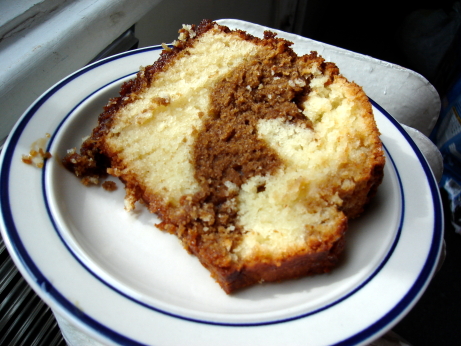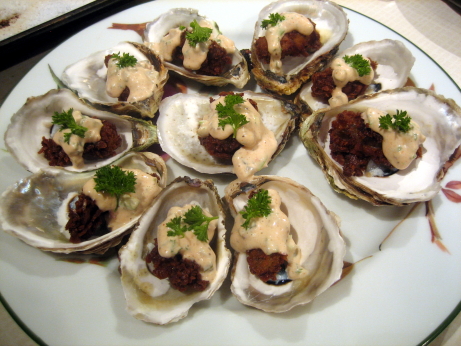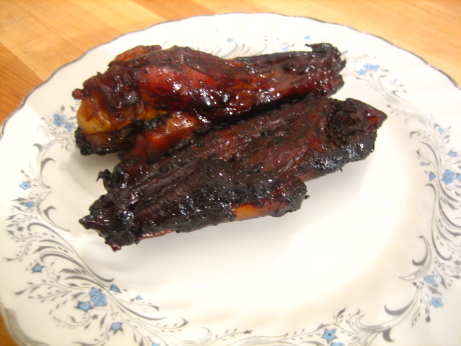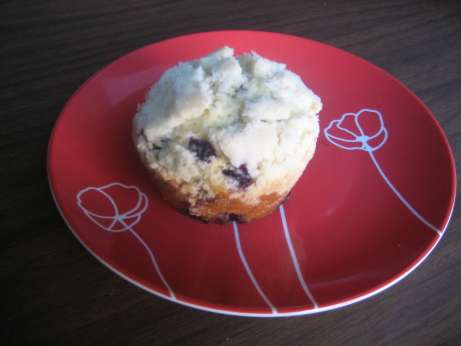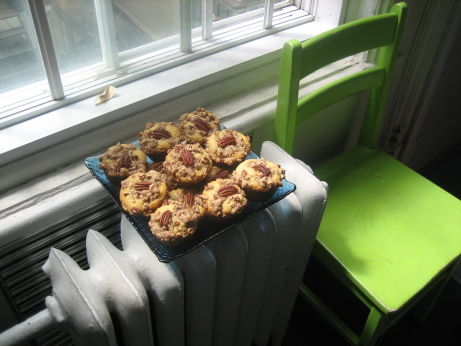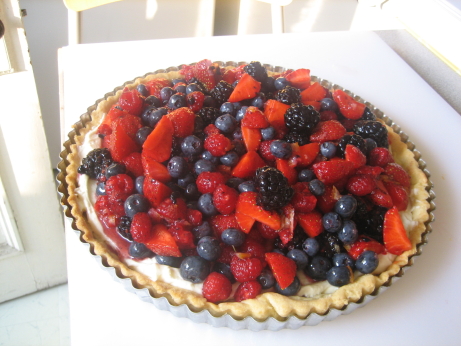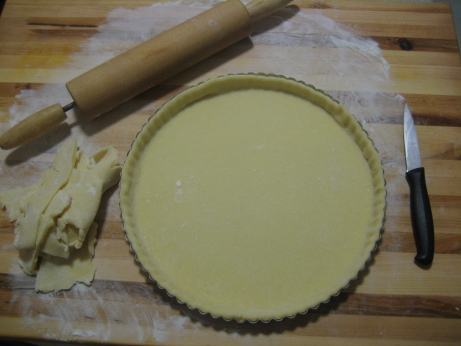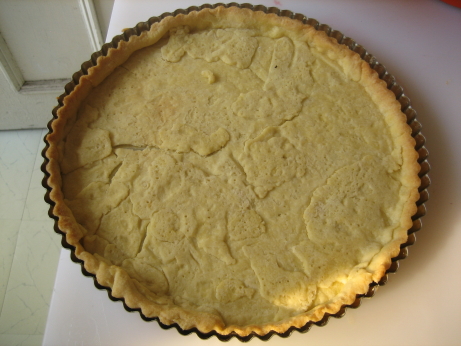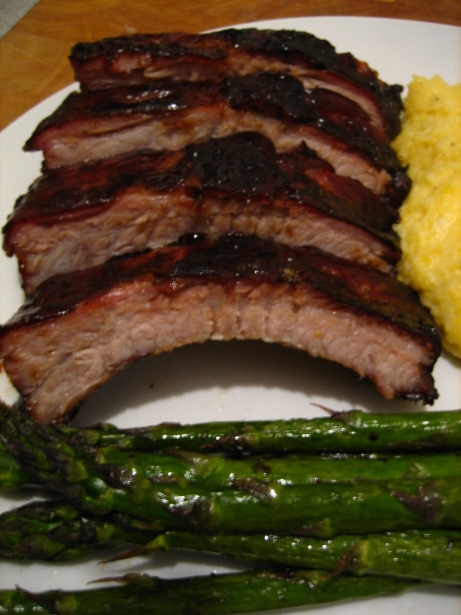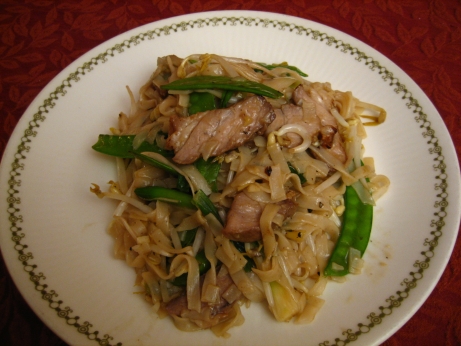I brought this cake to a brunch at a friend’s last spring. I’m going to have a difficult time giving it a fair rating, because I had horrible seasonal allergies and couldn’t taste anything. I barely remember the brunch, and had to leave after about an hour. My head was so muddled that I’d forgotten my camera, and had to borrow the hosts. He sent me the photos recently, and I’ve been trying to piece this dish back together. The recipe is found in the Breakfast and Brunch section, but it could certainly work for a dinner party.
I should say to anyone reading this that actually attended the brunch, that even though I was feeling awful and sneezing with abandon, I was scrupulous about leaving the room to sneeze, and washing my hands thoroughly before touching your food. I really hate to cook when I’m sick, and definitely worry about contaminating people. I’m not sure how paranoid that actually is though. People who work in restaurants go to work sick all the time, it’s not something we like to think about, but it’s true. If Anthony Bourdain is to be believed they also go to work high, blood splattered, and vomiting, and we’re generally all right. I have a lot of faith in the awesomeness of the human immune system, and the abilities of heat to kill off the nasty stuff that’s gotten into our food. That doesn’t mean I’m willing to take a chance with someone else’s health though.
The recipe followed a fairly standard cake method, mix the dry ingredients, flour, baking powder, baking soda, and salt, in a bowl, then cream butter and sugar in another bowl, add eggs, and vanilla. Then, add the dry ingredients, and sour cream, in alternate batches to the wet ingredients. You then separate 1/3 of the mixture, and add barely dissolved instant espresso to it. You then layer the light and dark batters in a buttered bundt pan and bake for about an hour. Once the cake is unmolded and cooled, you cover it with an espresso glaze made with instant espresso powder, strong brewed coffee (I used a shot of espresso), and confectioners sugar.
I did eat a piece of this cake, but I have no idea what it tasted like. The bitterness of the coffee was the only flavour that managed to cut through the fuzzy sock coating my tongue. Since it’s from The Book, I’m willing to to out on a limb and say that it was probably too sweet. It had a very appealing texture though, moist, with a big fluffly crumb. My dining companion remembers this cake fondly, and it was well received at the brunch. Most of it had disappeared by the time I crawled home to bed. Since people praised it at the time, and brought it up weeks later, it can’t have been bad. The recipe is found in the Breakfast and Brunch section, but it could certainly work for a dinner party. If I didn’t have so many other recipes to get to, I’d make it again, just to find out what it was really like.
I’ll give it an estimated rating of
